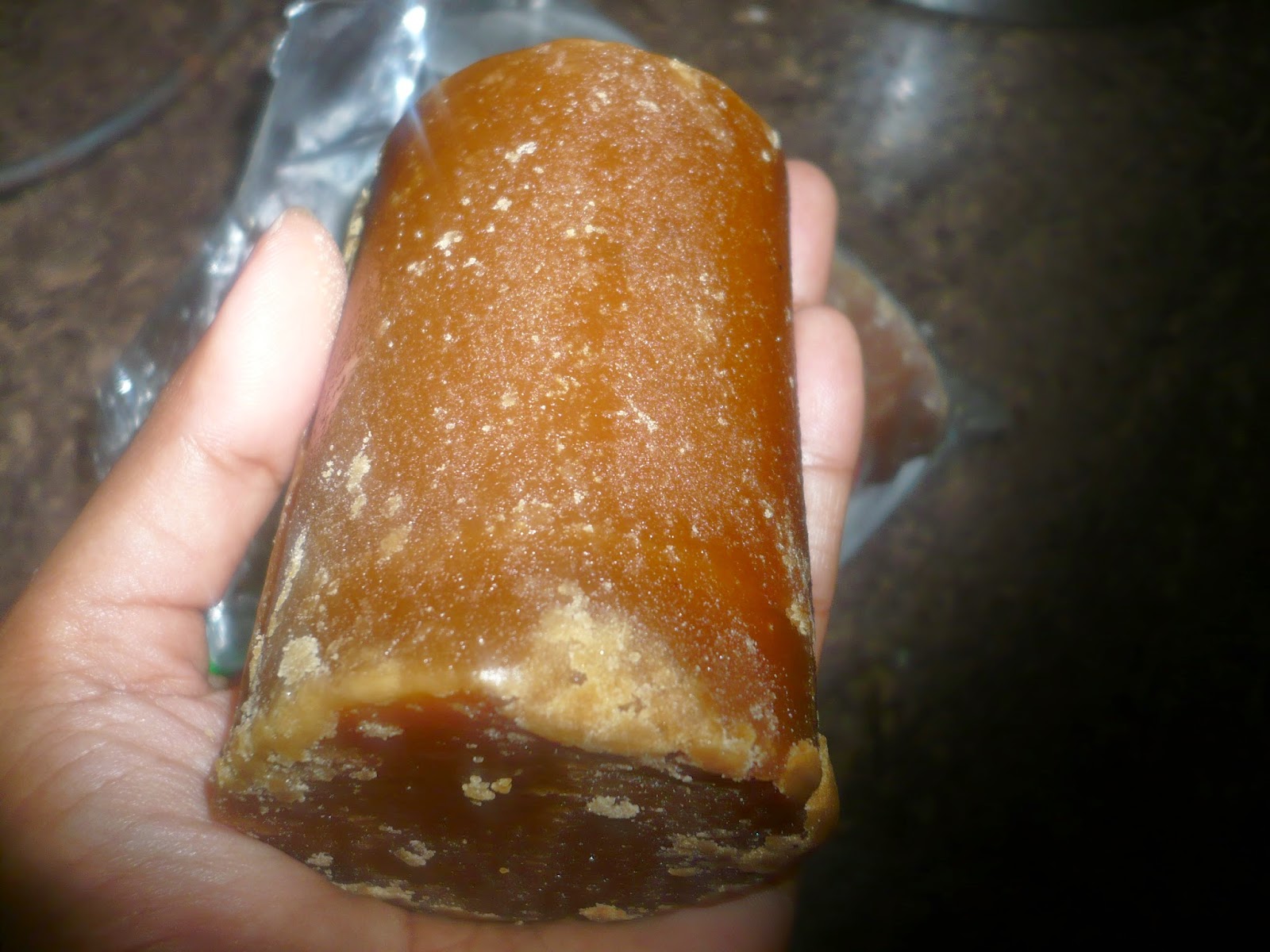There is something about Masala Vadai that I hated for a long time and it used to be the least favorite snack of mine. I find the garam masala powder and ginger smell quite strong and always leave a heavy feeling after eating the lentil based fritters. The previous notion was completely given an enlightenment after tasting the same fritters at my friend's house. She made them just the way I preferred, you know light, crunchy and not overpowering with the masala ingredients as implied by its own name 'Masala Vadai'. Few ingredients turned the savory fritter to be a simple tasty one. The lesson was that food need not be delectable only when the list of ingredients reach the ground but simplicity and minimum ingredients could also improve the taste far better than what we had imagined. Please do not use other type of dal or lentil as Australian Bengal dal or Australian Kadala Parupu is the star of this recipe.
Ingredients :
Australian Bengal dal or Australian Kadala Parupu : 1 1/4 cups
Small onions : 6
Small green chillies :4 (adjust accordingly)
Dry red chillies : 6 (adjust accordingly)
Fennel seeds : 1 tbsp + 1/2 tsp (used more in place of asofetida)
Curry leaves : 2 sprigs
Salt : as needed
Oil : for frying
Method :
1. Soak bengal dal in a sufficient water for 8 hours.2. After 8 hours, drain off excess water in a colander.
3. In a liquidizer add soaked dal, salt, dry red chillies and 1 tbsp of fennel seeds. Grind half of the dal to a smooth paste and the other half grind to a coarse texture without adding water.
4. To the ground dal mixture, add finely chopped small onions, green chillies, curry leaves and 1/2 tsp of fennel seeds.
5. Mix well and form a small lemon size ball and pat it lightly on top and edges.
6. Enough oil is needed for deep frying this savory lentils. Keep oil on medium flame and make sure oil is hot enough before frying.
7. Serve hot as an evening snack.
 |
| Masala Vadai |







































